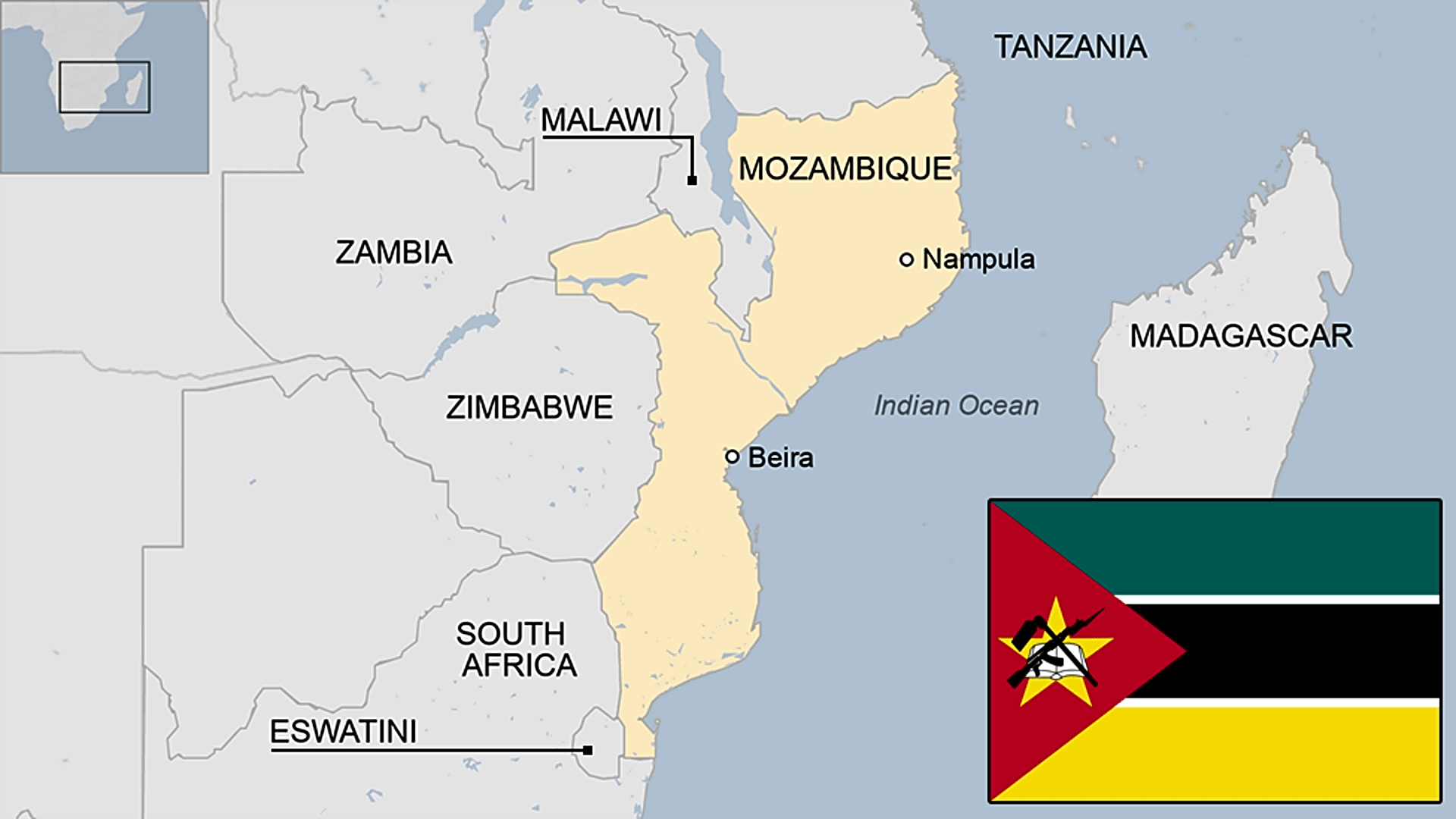Google has expanded the availability of its AI-powered Wildfire Boundary Tracker to 17 more countries, including Kenya. The purpose of this extension is to improve community reaction and readiness to the increasing worldwide threat posed by wildfires.
The tracker provides precise, up-to-date information about wildfire boundaries by utilising Maps and Google Search. This breakthrough occurs at a critical juncture, as wildfires are becoming more frequent and intense globally, with notable repercussions seen in Europe and Africa.
Google’s cutting-edge artificial intelligence system provides accurate information on wildfire spread by analysing many data sources including satellite pictures. Google Research Head and Vice President Yossi Matias underlined the company’s dedication to utilising technology for safety in the event of a natural disaster.
According to the United Nations Environment Programme (UNEP), the use of fossil fuels is predicted to raise global temperatures, which will lead to an increase in the frequency, intensity, and duration of wildfires. Africa is primarily responsible for 67% of the annual global wildfire toll, making it the most affected continent.
Between 2001 and 2023, fires in Kenya were responsible for 0.60% of the country’s tree cover loss. According to Global Forest Watch statistics, Kenya has received 341 high-confidence fire alerts so far in 2024, highlighting the tool’s importance for the nation.
People in impacted locations receive notifications from Google’s tracker along with safety advice and recommendations in a variety of languages. It is intended to supplement current disaster response initiatives by providing vulnerable communities with an extra line of defence.
Andorra, Bosnia & Herzegovina, Bulgaria, Croatia, Cyprus, France, Greece, Italy, Kenya, Monaco, Montenegro, North Macedonia, Portugal, Rwanda, Slovenia, Spain, and Turkey are among the various European and African nations included in the enlargement.
This project is a response to the increasing demand for creative ways to mitigate natural calamities. Technologies like Google’s Wildfire Boundary Tracker are becoming more and more important for environmental preservation and public safety as wildfire threats continue to rise due to climate change.
Kenya’s installation of the tracker is especially important because of the nation’s susceptibility to wildfires and the harm they cause to nearby ecosystems and communities. The application can assist Kenyan officials and residents in making informed decisions during wildfire outbreaks by delivering precise and fast information.
Google’s plan to expand this service is in line with international initiatives to use technology for disaster relief. The AI-powered technology is a major improvement in wildfire response techniques because of its speedy processing of large volumes of data and provision of actionable insights.
The instrument has the ability to prevent environmental harm, save lives, and safeguard property when it becomes available in additional nations. Diverse groups can profit from the alerts and safety information given thanks to the multilingual support.
Google’s acknowledgement of the wildfire hazards faced by African nations is demonstrated by the inclusion of Rwanda in addition to Kenya in this expansion. This action may open the door for more technology advancements in the continent’s catastrophe management.
Global catastrophe planning and response plans will probably depend more and more on tools like the Wildfire Boundary Tracker as climate change continues to disrupt weather patterns and raise the possibility of catastrophic events.
Google’s program is an illustration of how digital businesses may support international efforts to mitigate natural disasters. Similar developments in other areas of environmental preservation and catastrophe management may be inspired by the tool’s usefulness in a variety of cultural and geographical contexts.


